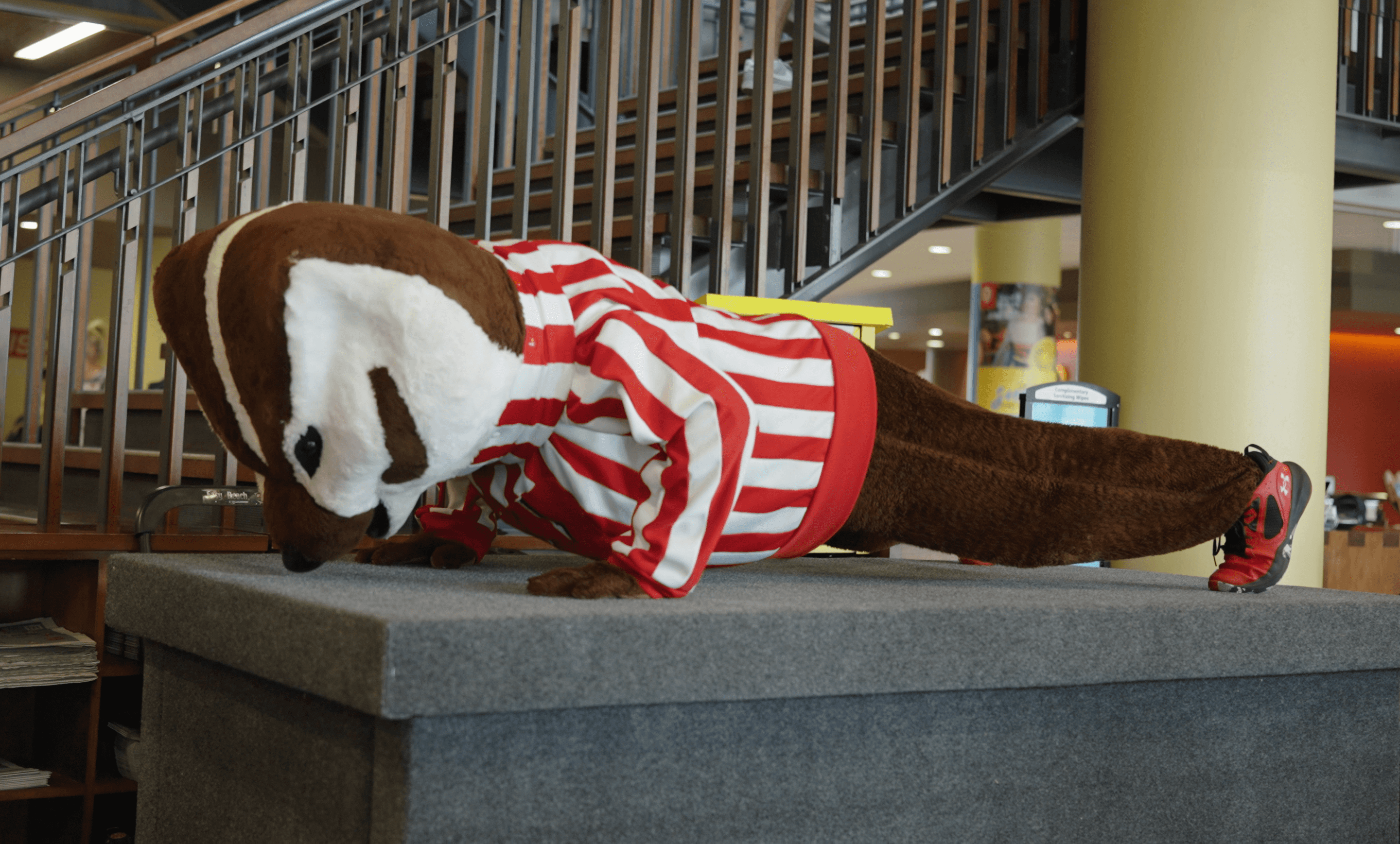As a result of the coronavirus pandemic, people across the country have come to rely on digital means of communication to keep in contact with one another. Among the changes this has required, students and educators have seen substantial shifts in how they learn and conduct their work as they adapt to online-only offerings.
As students, educators, and all of us continue to adjust to a digitally dependent environment, Anne Greenfield ’01 lends her insight about online teaching. The associate professor of English at Valdosta (Georgia) State University (VSU) has worked remotely since fall 2016, and in 2019 she earned VSU’s Presidential Excellence Award for Online Teaching. She also serves as a faculty consultant for VSU’s Center for Teaching and Learning in its “Ask the Expert” forum and chairs her department’s World Literature Committee, for which she now helps fellow faculty members as they convert their in-person courses to an online format.
What are important components to teaching an online course?
In my opinion, two of the most important features of an online course are clarity and engagement/interactivity. Online courses have a unique obligation to be organized, as any confusions or disorientation cannot be resolved on the spot as they would by, say, asking a question of a professor in an in-person classroom. Equally, online courses will ideally use new and emerging technology to create dynamic learning environments that are interactive. As scholars have widely acknowledged, students learn in disparate ways. With this in mind, my online courses feature wikis, video lectures, live streaming, group work, presentations, discussion forums, individual essays, question and answer sessions, hyperlinked content from the internet, and more.
What tactics, tools, and/or approaches have you found most useful?
I have found that many of the best practices used in in-person courses can be transferred into an online setting. For instance, my online students regularly deliver presentations to the rest of the class. These presentations can either be delivered “live” in a virtual classroom, or they can be prepared by students in advance and uploaded to the course as videos, voice-over PowerPoints, or interactive Prezis. In either case, these presentations are accompanied by rigorous and lively Q & A components, all conducted digitally. Another feature of my in-person courses that I carry over to my online courses is one-on-one conferences with my students to discuss their writing and research. Even though online courses are often stigmatized as detached or isolating, I find that my students are constantly interacting in meaningful ways with each other and with me.
Can virtual learning be as engaging as in-person learning?
Just as in an in-person classroom, students in my online courses are constantly interacting with each other, challenging me and their classmates, and thinking together to understand complex material and solve problems. In fact, I often find that my online classes can be even more interactive than in-person classes in that even the quietest students can be empowered to speak up in an online forum in ways they would be hesitant to do in an in-person seminar.
How has the pandemic affected your day-to-day work?
The greatest change for me has been the increased involvement I’ve had with helping colleagues, many of whom are now teaching online for the first time. The process of converting a course designed for an in-person environment to an online environment is enormous. I have been working with colleagues in sharing insights and content in order to help make this transition smoother.
From what you’ve seen and heard, how has this shift affected your students?
Many of my students have seen personal hardships that affect their studies of late. What is more, some students at VSU previously relied on on-campus computer labs for access to hardware and internet connectivity, and on our library for access to books. My university is doing what it can to get students what they need to take classes remotely. On my part, for example, I have reached out to publishers to obtain free, online access to the required course texts, given that some students may have difficulty accessing their physical textbooks.
What challenges have you noticed educators currently facing?
On a personal level, I think professors are facing many of the same challenges that our students are facing within the household environment, including the sudden need for at-home childcare as well as caretaking and health concerns. Professionally, the challenge for many faculty has been learning and implementing best practices in the online teaching environment in a matter of only weeks — many of which practices take years to cultivate.
In your opinion, have there been any positives to come out of the broad switch to online classes during this time?
It seems to me that, once in-person teaching resumes, professors may bring the technological skills they learned in 2020 to their classrooms. [And] if a professor attends a conference and needs to miss a class session or two, I could see her creating online content during her absence, instead of, for instance, asking a colleague to fill in or having to omit the content.
How might you see this large shift to online teaching change the future of education at the university level and beyond?
Another benefit of online education, overall, may be the degree of access and accessibility otherwise unachievable in more traditional, brick-and-mortar environments. For instance, students who are also workers [and/or] parents may find flexibility in the schedules of commute-free online courses that they can complete on their own time. Students with learning disabilities often find that online courses meet their needs better: creating the freedom to set one’s own pace. And, if taught effectively, an online course can act as a truly dynamic, multimodal learning environment that presents the course content in all kinds of engaging ways with different technological tools. In this way, ideally, every single student can find at least one way to connect with the course material in a way that resonates intellectually and appeals to their unique needs and interests.







